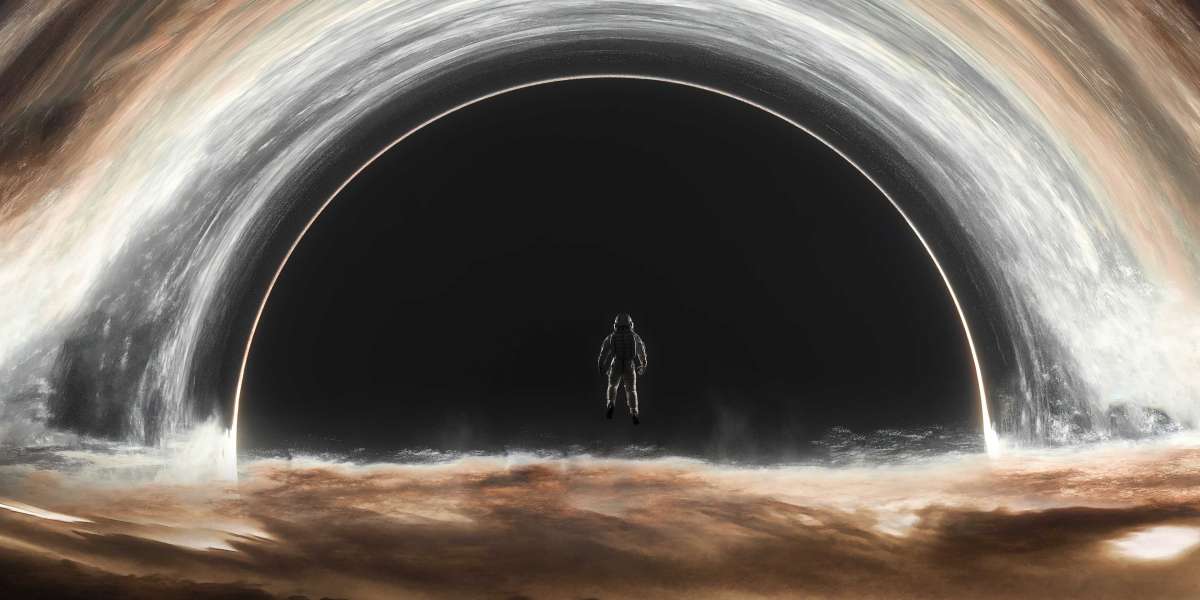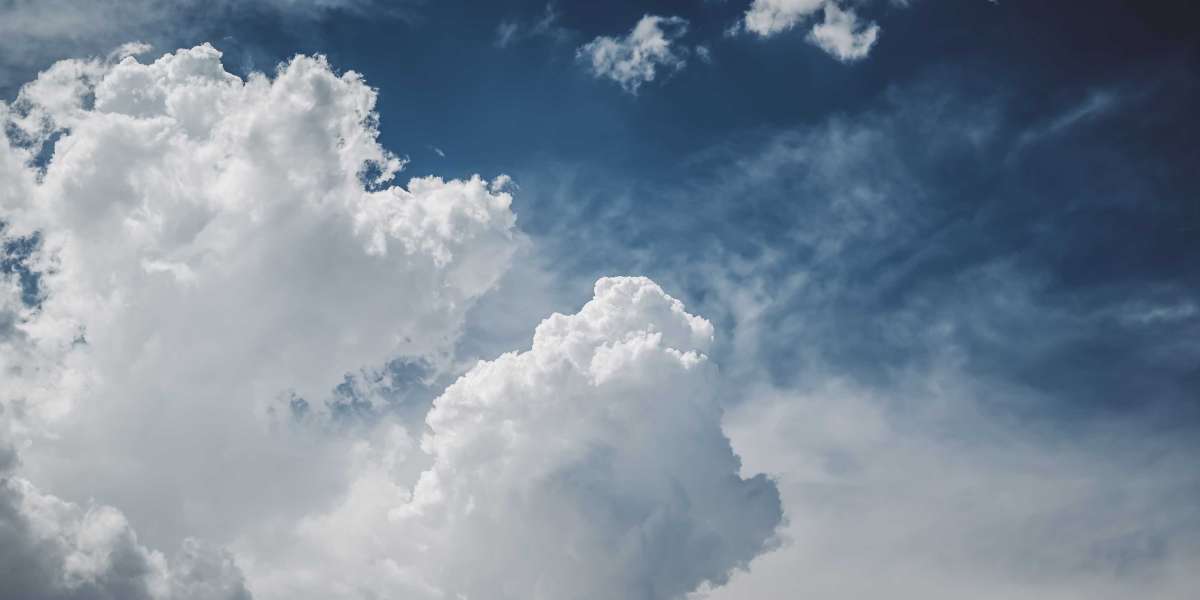Introduction:
In the spring of 1980, the picturesque landscape surrounding Mount St. Helens in Washington State masked a brewing disaster. Unbeknownst to the residents and onlookers, Mount St. Helens, a seemingly dormant stratovolcano, was about to awaken from its slumber in a catastrophic manner. On May 18, 1980, one of the deadliest volcanic eruptions in U.S. history rocked the region, leaving an indelible mark on both the landscape and the collective memory of a nation.
The Eruption:
As dawn broke on June 18, 1980, Mount St. Helens roared to life with an ear-piercing explosion. A massive cloud of ash, rock debris, and superheated gases surged upward, soaring over 80,000 feet into the sky. The epicenter of the eruption was the mountain's north face, which disintegrated under the brute force of the eruption, triggering a devastating lateral blast.
The side of the mountain collapsed, releasing an avalanche of cascading debris that barreled down the north slope. Cars, trees, and buildings stood no chance as they were swiftly engulfed by the massive pyroclastic flow, which reached speeds of over 300 miles per hour. The landscape was instantly transformed into a desolate moonscape, with the once verdant forests reduced to a barren wasteland covered in ash.
The Power and Impact:
The sheer power of the eruption was staggering. The enormous explosion unleashed a colossal amount of energy, equivalent to 1,500 atomic bombs, which devastated a 230-square-mile area surrounding the volcano. The blast and resulting pyroclastic flows claimed the lives of 57 people, including volcanologist David A. Johnston who famously radioed his last words, Vancouver! Vancouver! This is it!
In addition to the casualties, the eruption caused widespread destruction. The lateral blast flattened 230 square miles of forest, sending shockwaves that shattered windows as far as 19 miles from the volcano. The ash cloud, propelled by the eruption, traveled over 600 miles to reach several states, darkening skies and blanketing towns and cities with fine ash particles, bringing life to a standstill.
Aftermath and Resilience:
The aftermath of the eruption was sobering, as the landscape around Mount St. Helens was forever transformed. The blast zone resembled a post-apocalyptic scene, devoid of life and filled with eerie silence. However, life slowly began to return to the scarred land, with new plants and trees emerging from the ash, symbolizing nature's remarkable ability to rebuild and rebound.
nike sb zoom blazer low gtThe eruption of Mount St. Helens in June 1980 left an indelible mark on the collective consciousness, serving as a humbling reminder of the raw power of nature. It stands as a living testament to the resilience of both nature and the people who have since rebuilt their lives and communities in the shadow of the volcano, forever changed by this catastrophic event.
men nike air force 1 nearby







